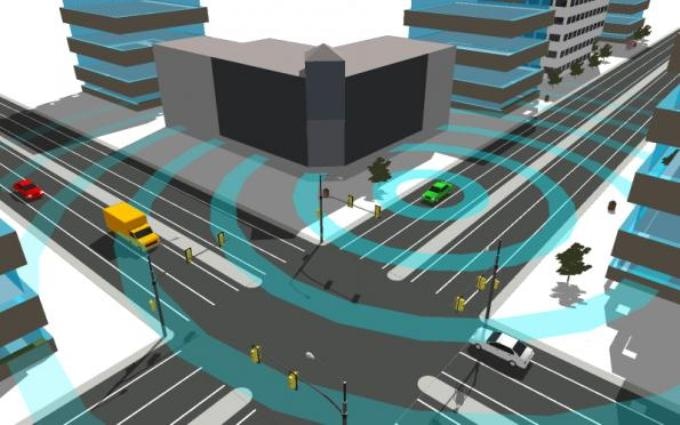Dec 2 2016
The EU commission has brought forward a strategy to establish cooperative intelligent traffic systems (C-ITS). The move is regarded as a milestone towards connected and automated mobility.
 (Credit: EE Times Europe)
(Credit: EE Times Europe)
The recent move is focusing at enabling automated communications between vehicles as well as between vehicles and roadside infrastructure elements. The strategy provides for standardized technologies and a coordinated approach among the member states; the goal is having smart, connected cars on Europe’s roads by 2019. Among other things, it is intended to quickly create the necessary technologies that enable automated warnings in hazard situations such as slow or broken-down vehicles on motorways or extreme weather conditions like black ice or sudden fog. In addition it is planned to enable vehicles and infrastructure to exchange information on the best speed for phased traffic lights. Furthermore, the systems will also enable connected, cooperative navigation to optimize traffic flow.
The necessary technologies for these V2X applications are already available; the strategy of the EU aims at avoiding market fragmentation among the member states, establishing common focuses, establishing a hybrid mix of technologies that cover all envisaged applications, and developing a suitable legal framework. Additional goals are data security and privacy.
First comments were positive. “The decision to include a dedicated automotive wireless communication protocol in its newly decided ITS Masterplan is the right choice at the right time”, said Lars Reger, CTO Automotive at chipmaker NXP. Reger interprets the EU’s decision as a commitment to IEEE 802.11p as the most widespread standard in this field – a topic that recently stirred certain discussions among the semiconductor industry. According to Reger, the move “reflects NXP’s findings after 10 years of research and V2X field-testing: Only a dedicated automotive wireless communication (802.11p) protocol can cover safety critical use cases, such as platooning and emergency braking. These and other types of autonomous decisions require extremely fast communications (low latencies) that cellular networks cannot achieve currently. Cellular networks still need further research, standardization, field-testing and full network coverage. This EU decision sets the cornerstone for very important choices related to the European “Strategy on
Source: http://www.automotive-eetimes.com/